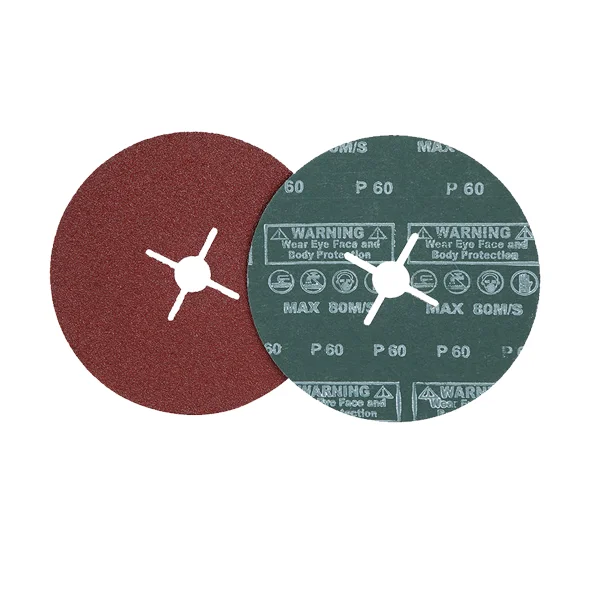When it comes to buying a car, one of the most crucial decisions is whether to opt for an automatic or manual transmission. Both options have their own set of advantages and disadvantages, making it essential to weigh them carefully. In this comprehensive guide, we will delve into the key factors to consider when making this decision, ensuring you make an informed choice that suits your needs and preferences.
- Understanding Automatic Transmission:
Automatic transmissions have gained popularity over the years due to their convenience and ease of use. They utilize a complex system of gears, hydraulic systems, and torque converters to shift gears automatically, eliminating the need for manual gear changes. Here are some key points to consider:
- Smooth and effortless driving experience: Automatic transmissions provide seamless gear shifts, making them ideal for city driving or heavy traffic conditions.
- User-friendly: They are easier to learn and operate, making them suitable for novice drivers or individuals who prefer a hassle-free driving experience.
- Higher cost and maintenance: Automatic transmissions tend to be more expensive to purchase and maintain due to their intricate design and complexity.
- Exploring Manual Transmission:
Manual transmissions, also known as stick shifts, require the driver to manually engage and disengage gears using a clutch pedal and gear shifter. While they may require more skill and effort to operate, they offer unique benefits that appeal to certain drivers. Consider the following aspects:
- Enhanced control and engagement: Manual transmissions provide a greater sense of control, allowing drivers to optimize engine power and performance. They are popular among driving enthusiasts and those who enjoy a more engaging driving experience.
- Cost-effective: Manual transmissions are generally less expensive to purchase and maintain compared to their automatic counterparts.
- Steeper learning curve: Learning to drive a manual transmission can be challenging for beginners, requiring practice and coordination between clutch, accelerator, and gear shifts.
- Factors to Consider:
To make an informed decision between automatic and manual transmission, it is essential to consider the following factors:
- Driving conditions: Evaluate the typical driving conditions you encounter. Automatic transmissions excel in stop-and-go traffic, while manual transmissions offer better control on hilly terrains or for towing purposes.
- Fuel efficiency: Automatic transmissions have improved over the years, but manual transmissions still tend to offer better fuel efficiency due to the direct power transfer.
- Resale value: In some markets, manual transmissions may have a higher resale value due to their appeal to driving enthusiasts.
- Personal preference: Consider your driving style, comfort, and personal preference. Some drivers enjoy the involvement and control of a manual transmission, while others prefer the convenience of an automatic.
Conclusion:
Choosing between automatic and manual transmission ultimately depends on your individual needs, preferences, and driving conditions. Automatic transmissions offer convenience and ease of use, while manual transmissions provide enhanced control and a more engaging driving experience. By considering factors such as driving conditions, fuel efficiency, and personal preference, you can make an informed decision that suits your requirements. Remember, there is no definitive answer as to which is better; it all comes down to what works best for you.







+ There are no comments
Add yours